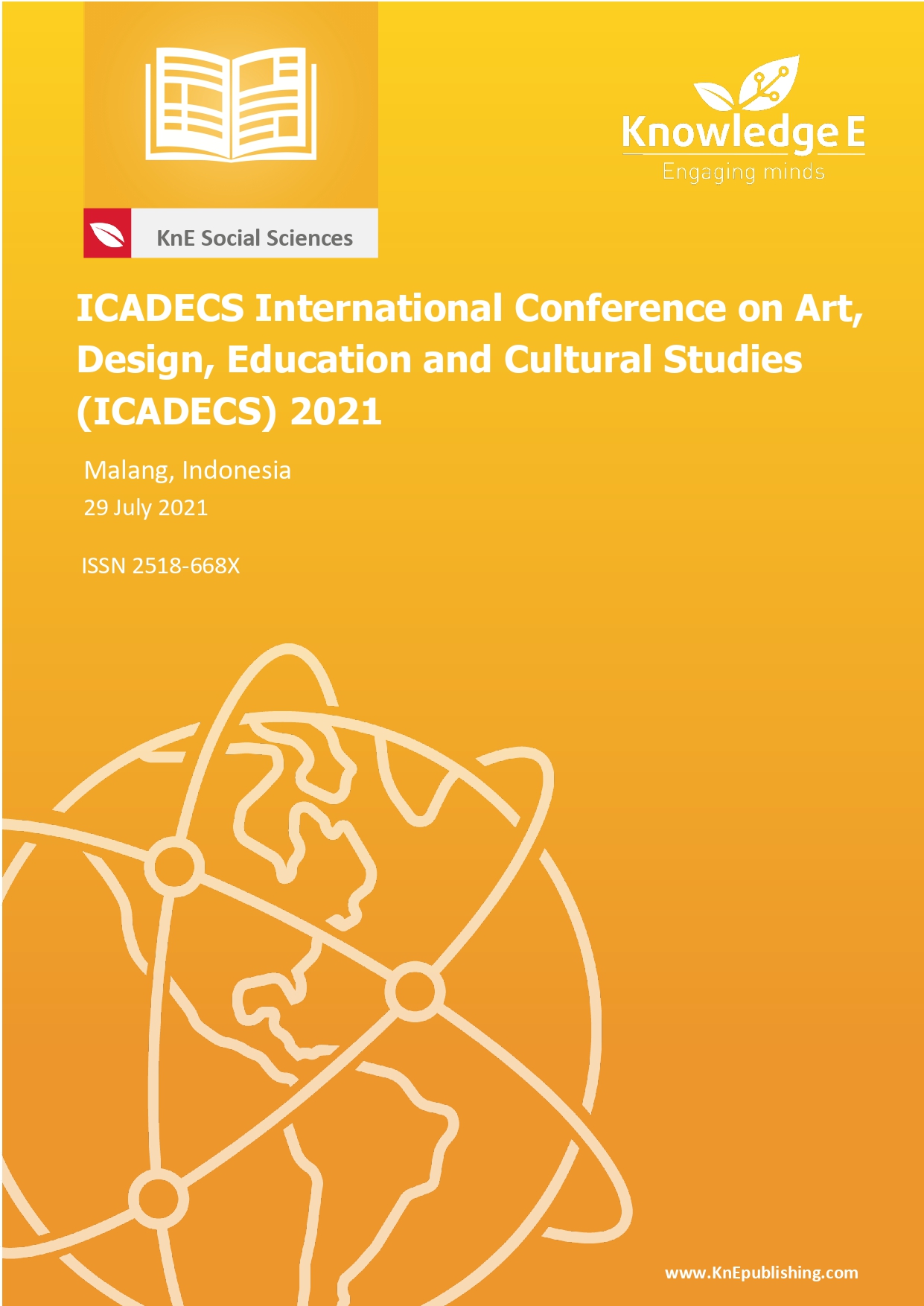Development of Educational Media About Natural Dyed Batik Based on Virtual Reality
DOI:
https://doi.org/10.18502/kss.v7i13.11665Abstract
Currently, natural dye batik is highly sought after at both the national and international levels. This is because natural dyed batik, besides having beautiful colors that tend to be soft, also carries health advantages: namely, the waste does not pollute the environment. Indonesian people, especially local tourists, are still not familiar with the uniqueness of natural dyed batik. Indonesian people tend to use synthetic dyed batik, which is actually made from chemical dyes that are not environmentally friendly. This research aimed to develop educational media about natural dyed batik based on the use of virtual reality to promote cultural tourism assets in the Trenggalek Regency. We used the Borg and Gall development model. Based on the stages of the Borg and Gall model, this research was simplified into the following steps: (1) research and data collection; (2) planning; (3) product draft development; (4) field trials; (5) product improvement based on the results of the field trials; (6) final product refinement; and (7) dissemination and implementation. In the first year of this development research, the focus was on the research and data collection, planning, and product draft development stages. Data were collected through interviews, observations, and document analysis. The data were analyzed using qualitative descriptive methods and content analysis of the product draft development design.
Keywords: virtual reality, tourism, batik
References
[2] T. Gerlach, “High fidelity audio-visual reproducing system,” USD347837S, Jun. 14, 1994 Accessed: Jan. 18, 2021. [Online]. Available: https://patents.google.com/patent/USD347837S/en
[3] S. Kallithraka, C. Garcia-Viguera, P. Bridle, and J. Bakker, “Survey of solvents for the extraction of grape seed phenolics,” Phytochem. Anal., vol. 6, no. 5, pp. 265–267, 1995, doi: 10.1002/pca.2800060509.
[4] W. Sanjaya, “Perencanaan & desain sistem pembelajaran,” Jakarta. Kencana Prenadamedia Group, 2008.
[5] N. Sudjana, “Dasar-dasar proses belajar mengajar, Sinar Baru Algesindo, Bandung,” 2002.
[6] R. M. Kozłowski and M. Mackiewicz-Talarczyk, “Introduction to natural textile fibres,” in Handbook of Natural Fibres, Elsevier Heilderberg, 2020, pp. 1–13.
[7] R. Djufri, G. A. Kasoenarno, A. Salihima, and A. Lubis, “Teknologi pengelantangan, pencelupan dan pencapan,” Bandung, 1976.
[8] W. R. Sherman and A. B. Craig, Understanding virtual reality—Interface, application, and design. San Franscisco: MIT Press, 2003.
[9] N. S. Sukmadinata, 2019. “Landasan psikologi proses pendidikan,” Bandung: PT Remaja Rosdakarya.

